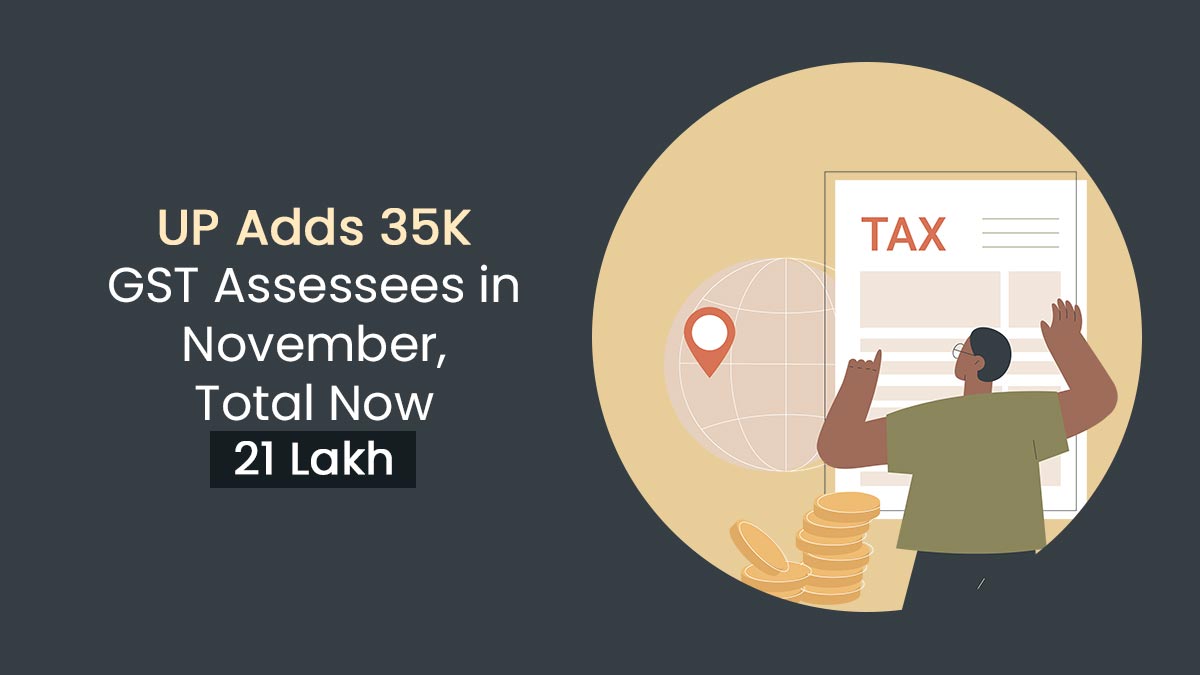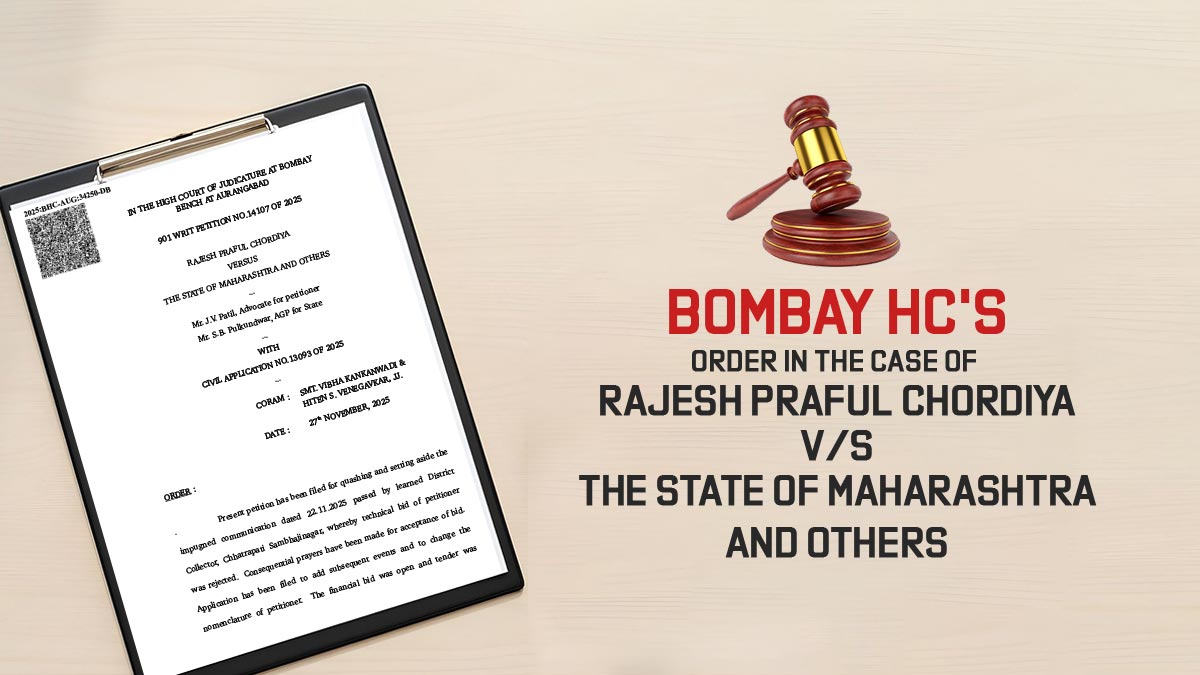The government is in deep confusion ahead of goods and service tax as for fitting various services across the nation into a fruitful tax slab along with the categories including logistics and transportation which are expecting a lower application of taxes while compared to the current 18 percent spread across on several another kind of services. The revenue secretary Hasmukh Adhia was interrogated for this service tax mayhem and he mentioned that “services such as transport, where fuel is a major component, the service tax levy could be lower, with tax practitioners talking about a 12-per cent tax on such services, The abatement rate has to be factored in and there can be more than one rate.”
But all in all, the final decision will be taken on the realistic rates by the GST council headed by union finance minister Arun Jaitley and state finance ministers. Various backlash was thrown at the implementation and preparations of GST but the revenue secretary has dismissed all these factors and also denied about the sudden inflation which the GST is supposed to carry with itself. The revenue secretary also assured that the GST implementation will be smooth and hassle-free regardless of other nations and their examples were taken as a single point of taxation which let the prices hike after the implementation. While India carries multiple points of taxes which will decrease the prices rather than increasing.
Hansmukh Adhia told in the conclave that, “At present, we are tapping VAT at each stage of the supply chain, from manufacturer to wholesaler to retailer. We already have multiple points taxation. Under GST, we are just merging the taxes of the Centre and states. The inflation which happened in other countries was because they shifted from single point taxation to GST.”
After the implementation, of goods and service tax the application of the tax on the goods which are imported will be very much same as that of goods which are produced and furnished locally. After Adhia added that, “there is, however, a possibility of prices of imported goods going up, as local manufacturers escape the multiplicity of taxes.”
The imported goods will be levied with IGST for which the credit can be claimed at the point of sale and as the IGST is an interim tax which is equal to the GST rate on the particular product range. So a near to the IGST rate will be applicable on the products being locally manufactured hence making no difference and no advantage to make the demand for imported goods. Also in the initiative to protect and support the local manufacturers, the government is also under discussion to impose a countervailing duty (CVD) and special additional duty (SAD) on the imported goods.
Read Also: What is SGST, IGST, CGST in Brief
Mr. Adhia mentioned that “The incidence of tax on imported goods will be equivalent to the tax paid by the local industry. This will strengthen domestic manufacturing and Make in India concept.” Apart from this, the IGST provides integrated tax paid by the foreigners who are leaving India on any supply of product taken by themselves must be refunded. Adhia said that “We have kept that provision in the Act, but to implement it will take time. Immediately, it won’t be available to foreign tourists, but after some time, we will see. We will have to develop a mechanism for it. We are not implementing this provision from July 1.”









